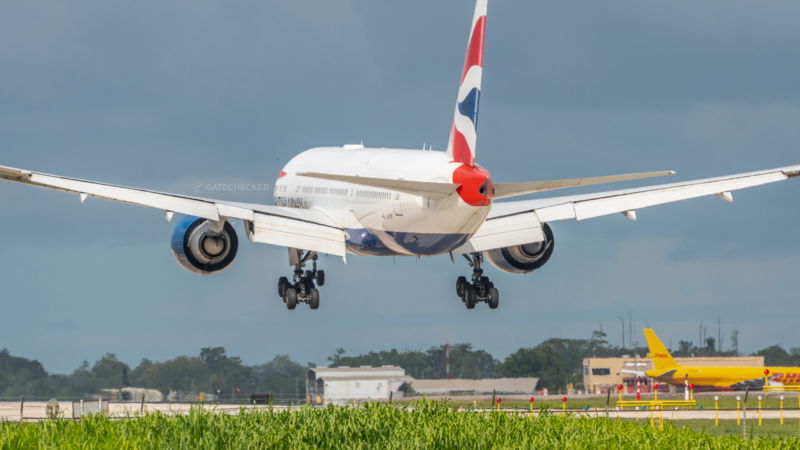Global Warming Could Result In More Turbulent Flights

There’s a reason flight attendants tell you to keep your seat belts fastened even when you’re at cruise. While modern day aircraft are outfitted with a suite of weather information systems, Clear Air Turbulence (CAT) still proves to be one of the biggest aviation challenge as this type of turbulence usually presents itself in cloudless regions.
CAT is a type of higher altitude turbulence where air of vastly different speeds meet. Usually clear air turbulence is found in regions where there are narrow, fast-flowing channels of air called jet streams. With the absence of visual cues such as clouds, current aircraft radar equipment cannot accurately detect the presence of CAT until it’s too late.
As a result, an aircraft experiencing CAT could experience sudden and violent buffeting. Atmospheric turbulence makes up 71% of in-flight weather-related injuries, and it’s no surprise that we are seeing more stories in the news about passengers being injured as a result. In rare cases, turbulence could even be fatal, hence the call for passengers to remain seated and buckled up even when conditions appear nominal.
Turbulence on the rise
A new study published by scientists at the University of Reading, U.K., preducts that clear air turbulence may be on the rise as a result of global warming. Although winter is historically the most turbulent season, the study indicates that autumn and summer will have the greatest overall relative increase in instances of CAT. By 2050, summers are projected to become as turbulent as 1950 winters and autumns.
The study also found that for every one degree Celsius increase in global near-surface warming, CAT instances are expected to increase by 14% in both the summer and autumn periods, with a slightly lower increase of 9% for winter and spring periods.
Due to the steepening of the pole-to-equator temperature gradient in the upper troposphere and lower stratosphere, jet streams are expected to intensify in wind shear with anthropogenic climate change. As a result, we can expect a higher chance of being in for a bumpy ride over the course of the next few decades.
Why should we be concerned?

Besides obvious safety concerns in the cabin, airlines also need to take note as increasing instances of CAT could result in airframes being stressed prematurely. This would result in higher maintenance costs, as well as slightly earlier aircraft retirement dates.
Unless the issue of rising surface temperatures is not properly addressed in the next few decades, airlines may have to seek alternative ways to counter this issue. One solution might be avoiding regions where jet streams present themselves, but that would result in additional flying hours and more emissions being dumped into the atmosphere.
In the mean time, keep those seat belts fastened even when you’re at cruise.
[Featured Photo: DLR German Aerospace Center/Flickr (CC BY 2.0)]



